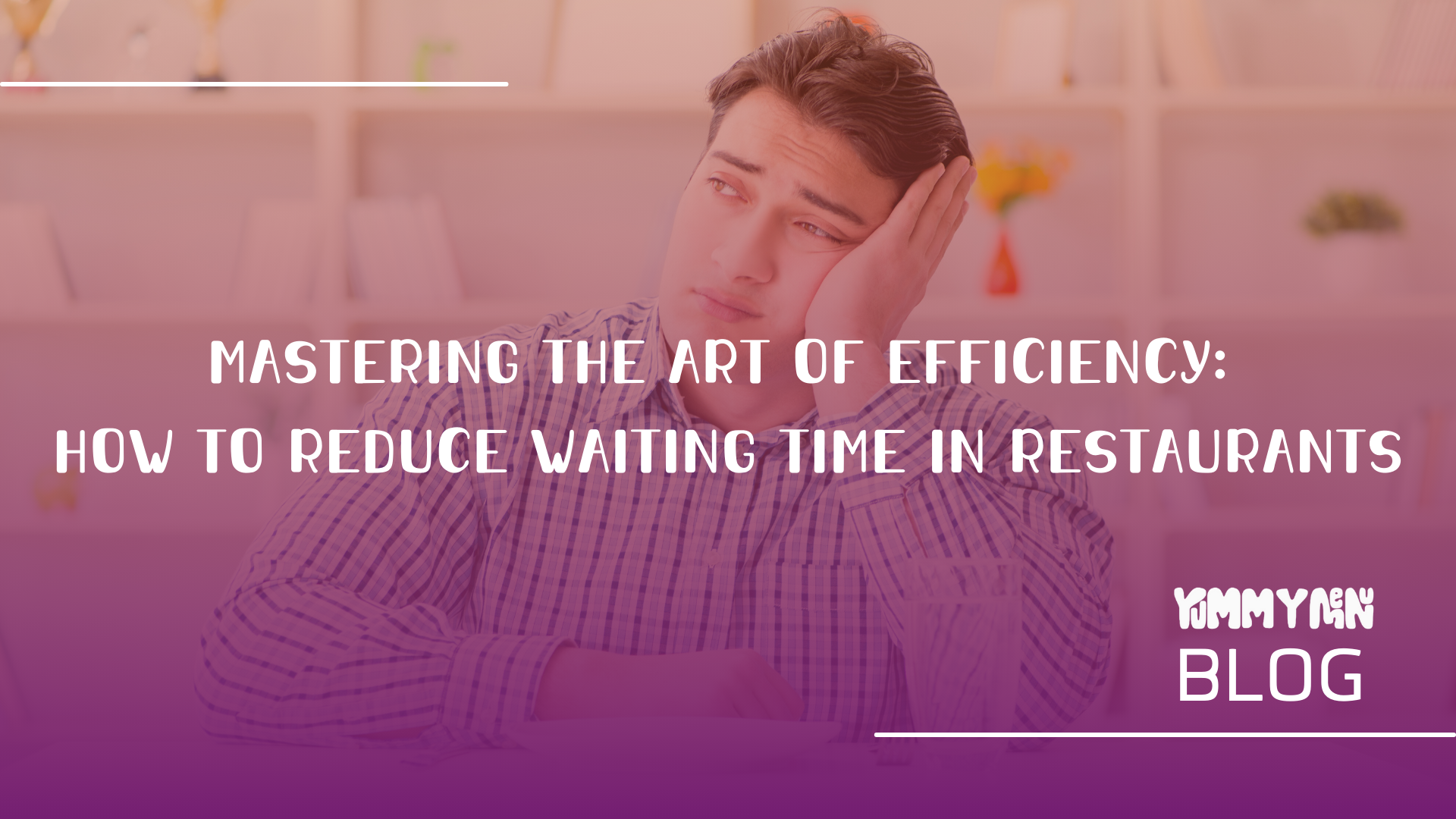
Mastering the Art of Efficiency: How to Reduce Waiting Time in Restaurants
Few things test the patience of diners more than excessive waiting times in restaurants. While a certain amount of waiting is expected, excessively long wait times can lead to frustrated customers and lost business. In this blog post, we'll explore strategies that restaurants can implement to reduce waiting times and provide a more satisfying dining experience for their customers.
-
Streamline the Reservation Process:
Utilize reservation systems to manage the flow of customers. By encouraging reservations, you can stagger arrivals and ensure a smoother dining experience. -
Implement Efficient Table Management:
Optimize your seating arrangements to minimize downtime between customers. Train your staff to reset tables swiftly and efficiently once diners leave. -
Digital Menus and Ordering:
Consider implementing digital menus and ordering systems. Customers can browse the menu and place their orders through their smartphones, reducing waiting time and facilitating contactless ordering. -
Pre-ordering and Pre-payment:
Encourage customers to pre-order and pre-pay for their meals online. This not only reduces waiting times but also minimizes contact during the ordering and payment processes. -
Effective Staff Scheduling:
Schedule your staff in a way that matches peak dining times. Ensure that you have an adequate number of servers and kitchen staff during busy hours to expedite service. -
Kitchen Efficiency:
Optimize kitchen processes to ensure orders are prepared and served promptly. Invest in training and equipment to minimize preparation time and errors. -
Fast-track Dishes:
Identify popular or frequently ordered dishes and prioritize their preparation. This way, you can serve these dishes faster, allowing diners to start their meals sooner. -
Clear Communication:
Establish effective communication channels between front-of-house and kitchen staff to relay orders accurately and promptly. Clear communication is vital to minimize delays. -
Self-service Stations:
Consider implementing self-service stations for drinks, condiments, and utensils. This reduces the need for waitstaff assistance and keeps diners engaged while they wait for their meals. -
Regular Training:
Regularly train your staff to provide efficient and friendly service. Well-trained employees can handle situations more smoothly and ensure a faster dining experience for customers. -
Use Technology:
Implement restaurant management software and point-of-sale (POS) systems that streamline order processing, track table turnover times, and facilitate efficient operations. -
Manage Customer Expectations:
When there are unavoidable delays, make sure your staff communicates the situation to diners. Managing expectations and providing honest updates can go a long way in maintaining customer satisfaction. -
Feedback and Continuous Improvement:
Encourage customer feedback and analyze it to identify areas where you can improve efficiency. Be open to making changes based on this feedback. -
Leverage Loyalty Programs:
Offer loyalty programs and incentives for frequent diners. These programs can keep customers coming back, even if they encounter occasional delays. -
Optimize Check-out:
Make the check-out process as smooth as possible. Accept multiple forms of payment, implement mobile payment options, and offer digital receipts to expedite the process.
Reducing waiting times in restaurants is a multi-faceted task that requires coordination, training, and sometimes technology. By implementing these strategies, you can create a dining experience that not only minimizes wait times but also leaves customers satisfied, encouraging them to return and recommend your restaurant to others. A well-managed and efficient restaurant not only enhances customer loyalty but also positively impacts your bottom line.
